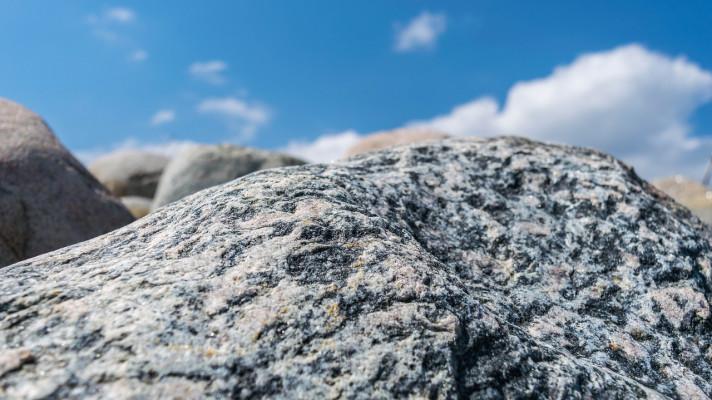Mining in Italy
Although Italy was relatively poor in mineral resources, it was, nevertheless, the largest producer of feldspar, and pumice and related materials, the eighth-leading producer of crude steel, the tenth-leading producer of cement (second-largest in the EU), and a leading producer of dimension stone and marble, and continued to supply a significant portion of its own need for some minerals. Industrial mineral production, including construction materials, was the most important sector of the economy. Italy has been a significant processor of imported raw materials, and a significant consumer and exporter of mineral and metal semimanufactured and finished products. The third- and fourth-ranking industries in 2002 were, respectively, the production of iron and steel, and chemicals manufacture. Chemicals and minerals and nonferrous metals were leading export commodities. Mining output has increased 12% from 1990 to 2000.
Production totals for the leading minerals in 2000 were: feldspar, 2.5 million tons; barite, 30,000 tons, down from 80,463 in 1996; fluorspar (acid-grade and metallurgical-grade), 65,000 tons, down from 125,800 in 1997; hydraulic cement, 34 million tons; pumice and pumiceous lapilli, 600,000 tons (from Lipari Island, off the northern coast of Sicily); and pozzolan, 4 million tons (from Lipari). Alumina production (calcined basis) has risen sharply, from 699,635 tons in 1987 to 881,000 in 1996, to 950,000 in 2000. In addition, Italy produced antimony oxides, gold (from Sardinia), mine lead, mine manganese, bromine, crude clays (including white bentonite, or montmorillonite, refractory, fuller's earth, kaolin, and kaolinitic earth), diatomite, gypsum, lime, nitrogen, perlite, mineral pigments, salt (marine, rock, and brine), sand and gravel (including volcanic sand and silica sand), soda ash, sodium sulfate, stone (alabaster, dolomite, granite, limestone, marble, marl, quartz, quartzite, sandstone, serpentine, and slate), sulfur, and white talc and related materials. No zinc was mined in 1999 or 2000, and potash production remained suspended in 2000 because of a severe drought, causing restricted availability of groundwater, and because of environmental and ecological concerns, causing an inability to remove waste material and mine water.
Marble and travertine quarrying from the famous mines in the Massa and Carrara areas was still significant. Marble was quarried at hundreds of locations from the Alps to Sicily. The most important white-marble-producing area was in the Apuan Alps, near Carrara, and accounted for one-third of the country's 100,000 tons of white marble. Important colored-marbleproducing areas included the Lazio region, Lombardy, the Po Valley, Puglia, Sicily, Venice, and Verona-Vincenza. Reserves of several types were considered to be unlimited; half of the country's output was in block from, and half was exported.
ZDROJ:http://www.nationsencyclopedia.com/Europe/Italy-MINING.html
